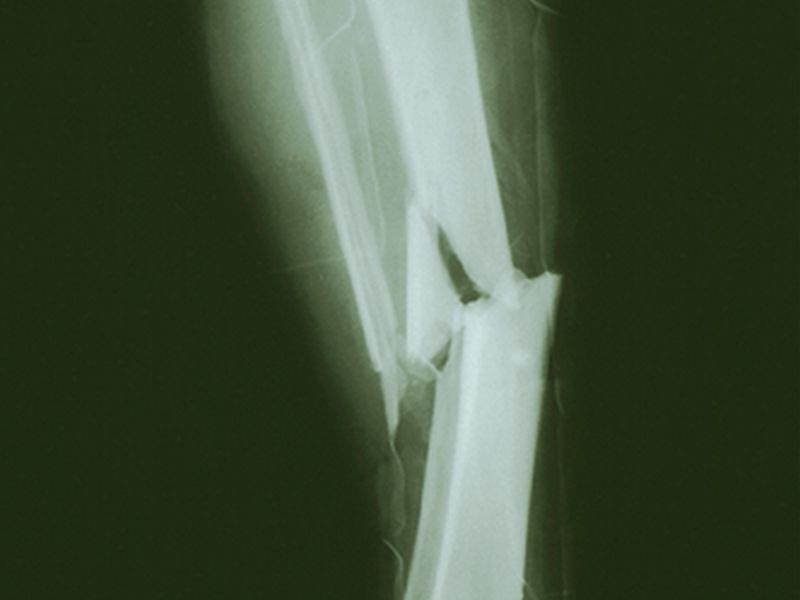FRIDAY, Jan. 18, 2019 (HealthDay News) — Poor blood sugar control puts people with type 1 diabetes at increased risk for fragility fractures, a new study shows.
A fragility fracture is a broken bone caused by a fall from standing height or less.
For the study, researchers analyzed data on more than 3,300 people with type 1 diabetes and more than 44,000 with type 2 diabetes, in the United Kingdom.
The data included a three-year average of patients’ A1C blood tests. The test measures a patient’s average blood sugar levels over two to three months. On average, there were nine A1C measurements for type 1 patients and 11 for type 2 patients.
Poor blood sugar (glycemic) control with an A1C level above 8 percent was linked to a greater risk of fragility fractures in people with type 1 diabetes, but not in those with type 2, according to the study published Jan. 16 in the Journal of Clinical Endocrinology & Metabolism.
“We investigated the association between the degree of glycemic control and fracture risk by using a large cohort of newly diagnosed type 1 and type 2 diabetes patients,” said study co-author Dr. Janina Vavanikunnel. She practices in the endocrinology, diabetology and metabolism department at University Hospital Basel, in Switzerland.
“Both types of diabetes are associated with fragility fractures and we showed that poor glycemic control is associated with an increased risk of fracture in type 1 diabetes,” Vavanikunnel said in a journal news release.
The fracture risk in type 2 diabetes probably owes to factors other than blood sugar control, such as diabetes-related health problems, according to the study authors.
Nevertheless, said study co-author Sarah Charlier, “fracture risk in type 2 diabetes is of clinical relevance as well as it is a major health concern worldwide due to its high prevalence.” Charlier is a pharmacoepidemiologist at University Hospital Basel.
Diabetes affects about 30 million Americans. Type 2, the more common form, occurs when a person develops resistance to insulin. Type 1 is diagnosed mostly in children and adolescents. It is mainly caused by insulin deficiency.
More information
The American Diabetes Association has more on type 1 diabetes.
Copyright © 2025 HealthDay. All rights reserved.

